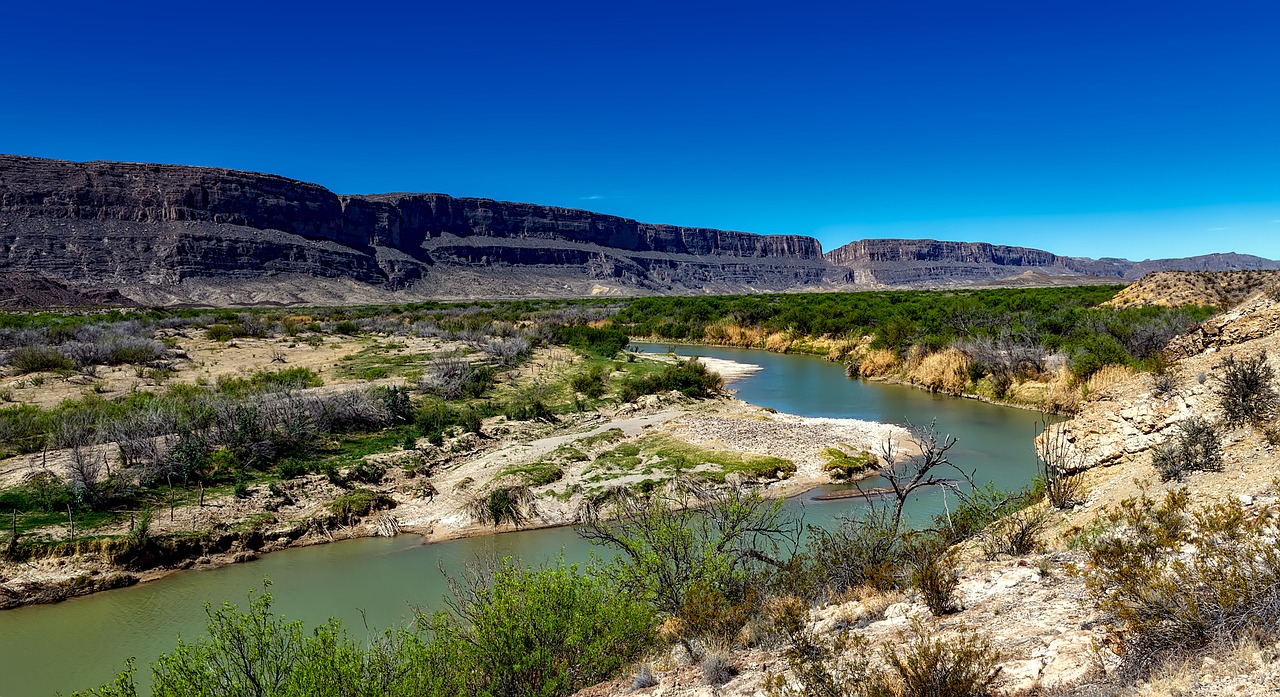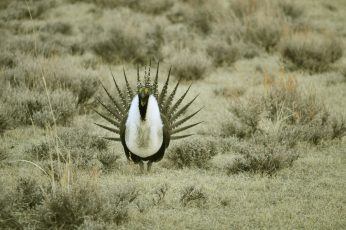Inheriting mineral rights or assets can be an exciting bit of news. However, the issues involved in owning -– or sharing ownership –- of mineral rights are different from the more straightforward status of owning property or real estate. Though owning mineral assets can be very lucrative, the owner –- or, as is often the
3 Easy Steps for Getting Someone to Lease or Buy Your Mineral Rights
Mineral rights refer to the legal authority to explore and produce minerals found under your land surface. While minerals are a government property in many nations, mineral rights in the United States belong to the owner of the land surface located above the minerals. These rights can be sold or leased without losing ownership of
6 Ways Drilling & Exploration Impacts Wildlife
As oil and gas exploration and drilling increase in the western U.S., wildlife and their habitats must be taken into consideration to avoid devastating long-term effects. You may remember a post I did last summer discussing the threat to the Greater-Sage Grouse due to oil and gas activities in their natural habitats. The threat applies
Impact of Extracting Minerals on Environmental Conservation
This week, the oil and gas industry set out to thwart drilling restrictions put in place by the Obama administration in 11 Western states. The restrictions were aimed at saving the Greater-Sage Grouse, which have the appearance of a regal and exotic chicken, with an exaggerated, pointy tail and a fluffy white breast that makes it look as if it’s shrouded in a fur wrap. These beautiful brush dwellers primarily graze on sage brush, plants and insects, and make their nests in sagebrush-grasslands of the American West.
Due to oil production, grazing cattle, housing development, and wildfires, the Sage Grouse population saw a major and systematic decline across the Western US and parts of Canada as economic growth threatened their habitats. Once numbering over 16 million, the estimated population has dwindled to a mere 200,000 – 500,000 birds. This rapid decline led to the grouse getting a nod for inclusion on the endangered species list a couple of years ago. However, in September of last year, the U.S. Fish and Wildlife Service denied the endangered species candidacy, finding that the grouse didn’t actually face the threat of extinction in the near term. Recent populations have thrived thanks in large parts to efforts made by the Partners for Fish and Wildlife Program who have completed 325 projects aimed at saving the grouse’s natural habitats in conjunction with private landowners and local governments.
Although the grouse didn’t make the endangered species list, the Bureau of Land Management and the US Forest Service did issue a number of land use plans to support responsible economic growth in an effort to protect grouse and other native species for years to come. The land use plans came under fire this week as oil & gas companies in North Dakota seek to block the land use plans recently enacted, claiming that they unfairly impede economic development, without any real scientific support. Conservationists argue that mining and fragmenting conducted by oil companies destroys natural habitats with long term repercussions for more species than just the grouse population.
In my opinion, striking the right balance between economic productivity and conservation is key. Having lived in Oklahoma for many years, I understand the importance of the oil & gas industry to the local economy and the thousands of people that rely on it to feed their families. As is the case out West, the energy sector in Oklahoma is huge, employing nearly one in four Oklahomans and providing income to hundreds of private landowners who sell oil and gas royalties to buyers. While we must be careful to conserve our land and the resident species, I think it’s also important to consider the people and businesses impacted by overly burdensome land use restrictions.
I think the Partners for Fish and Wildlife Programs has done an incredible job of educating and getting cooperation from private landowners who have voluntarily jumped on board to help with conservation efforts to promote sustainable economic development. Rather than forcing the hand, the Partners’ approach fosters collaboration and ownership from all parties, even those with economic interests. Their committed approach to unifying the parties involved is a prime example of conservation at its best.
If you are interested in promoting conservation efforts in your area, I recommend joining an organization like American Bird Conservancy or your local Audubon society. Organizations like these help spread awareness of conservation issues, protecting local species by educating the public and petitioning the Government to enact management plans. Your voice can make a difference in helping unify the interests of both economy and conservation.



